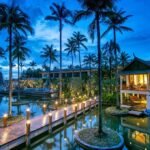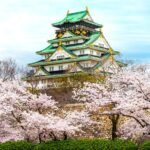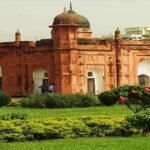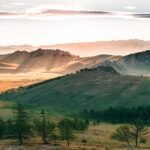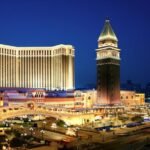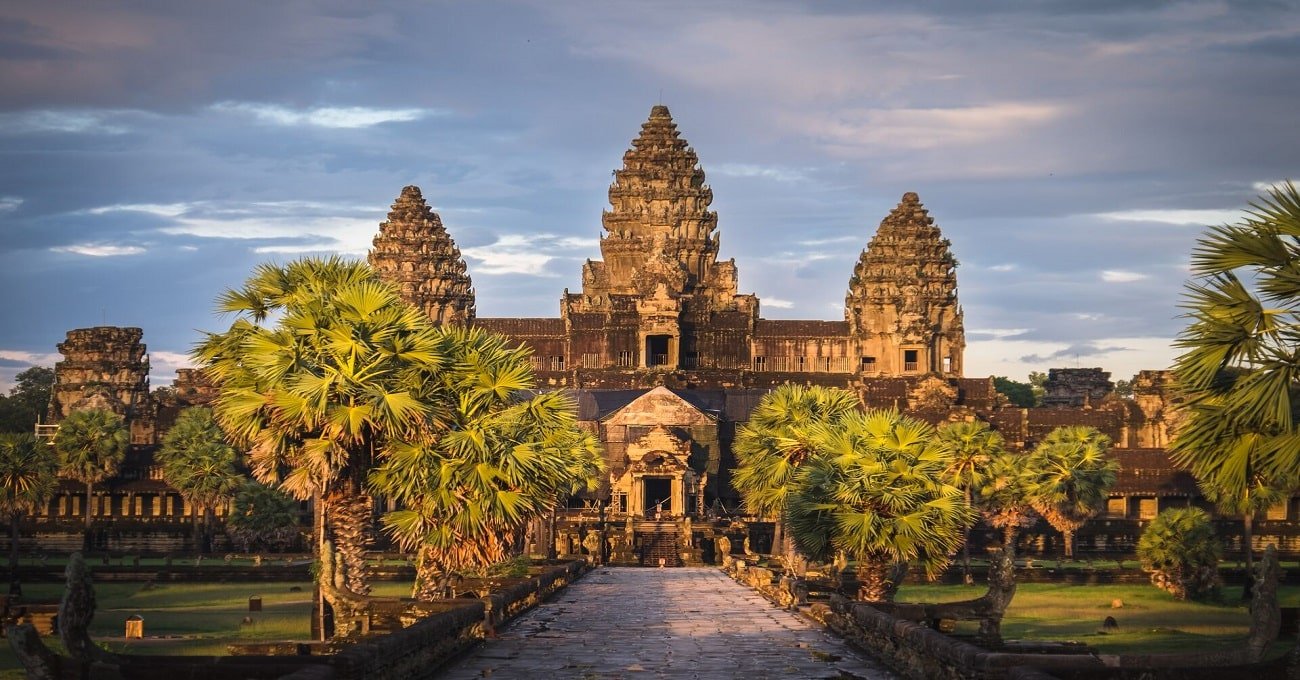

Best Time to Visit Cambodia Temples: Weather, Tips & Crowds
Discover the Magic of Cambodia’s Temples at the Perfect Moment
Few places on Earth capture the imagination quite like Cambodia’s ancient temples. Carved stone faces peering through jungle mist, lotus-shaped towers glowing under sunrise skies — these are the moments travelers dream about. But timing is everything. Visit at the wrong season, and you may find yourself drenched in tropical downpours or fighting through crowds to glimpse Angkor Wat’s sunrise.
In 2025, Cambodia remains a destination where history, spirituality, and nature blend seamlessly. Yet understanding when to go can transform your trip from simply memorable to truly magical. Imagine wandering quiet temple corridors under golden morning light, or exploring moss-covered ruins framed by blue skies — experiences shaped not only by place but by the season.
In this guide, we’ll explore the best time to visit Cambodia’s temples like Angkor Wat, Bayon, and Ta Prohm. You’ll learn how weather, festivals, and tourism patterns create very different travel experiences — and discover practical tips to make your temple adventure unforgettable.
👉 Ready to plan the perfect journey into Cambodia’s timeless past? Let’s step beyond the guidebook together. 🏯✨
☀️ 1. Understanding Cambodia’s Seasons
Cambodia has two main seasons shaped by the monsoon cycle:
Dry season (November–April): Cooler, sunny days — ideal for temple visits.
Wet season (May–October): Lush landscapes and dramatic skies, but daily showers.
Let’s dive into what each brings to your temple experience.
🌤 2. Dry Season: The Classic Choice (Best Months: December–February)
Weather: Pleasant temperatures (20–30°C), low humidity, and clear skies.
Crowds: Highest during Christmas, New Year, and Chinese New Year.
Why visit now:
Perfect conditions for sunrise at Angkor Wat.
Comfortable days exploring vast temple sites.
Tip: Book hotels and sunrise tours early — these months are peak season.
☁️ 3. Shoulder Months: Balance & Beauty (March–April, November)
Weather: Warmer (up to 35°C in April) but still mostly dry.
Crowds: Fewer tourists than peak season.
Why it’s special:
November brings freshly green landscapes after the rains.
March–April offers quieter temples before the Khmer New Year crowds.
Tip: Stay hydrated and plan midday breaks; afternoons can be hot.
🌧 4. Wet Season: Lush, Dramatic & Less Crowded (May–October)
Weather: Daily rain showers, usually in the afternoon; mornings often dry.
Crowds: Lowest of the year.
Why visit now:
Temples surrounded by emerald rice fields and moats full of water.
Atmospheric photos with mist and reflections.
Tip: Bring quick-dry clothes, a poncho, and waterproof bags for electronics.
📅 5. Festivals & Events to Consider
Cambodian festivals add unique cultural depth:
Khmer New Year (mid-April): Nationwide celebrations, temple rituals, and water fights.
Pchum Ben (Sep/Oct): Buddhist holiday honoring ancestors; temples beautifully decorated.
Water Festival (Nov): Colorful boat races and celebrations in Siem Reap and Phnom Penh.
Tip: Check exact dates as festivals follow the lunar calendar.
📸 6. Capturing the Perfect Sunrise & Sunset
Sunrise: Angkor Wat’s western orientation makes it iconic at dawn. Arrive by 5:00 a.m. for the best view.
Sunset: Phnom Bakheng hill (limited capacity), Pre Rup temple, or Srah Srang reservoir offer magical sunset vistas.
Pro tip: Even in wet season, early mornings are often dry and clear.
🧘♀️ 7. Tips for a Smooth Temple Experience
Start early: Temples open around 5:00 a.m.; beat heat and crowds.
Dress respectfully: Shoulders and knees covered.
Stay hydrated: Carry water and a light scarf or hat.
Hire a local guide: Gain insight into carvings and history often missed solo.
Mix famous & lesser-known sites: Visit Ta Prohm or Bayon early, then explore quieter gems like Banteay Samré.
Best Months to Visit
| Season | Months | Weather & notes |
|---|---|---|
| Dry season (best) | Nov–Feb | Cool (25–28°C), less rain |
| Shoulder season | Mar–May | Hot (up to 35°C), fewer tourists |
| Wet season | Jun–Oct | Lush green scenery, fewer crowds |
Crowds & Festivals
Avoid Chinese New Year & Khmer New Year (mid-April)
Sunrise at Angkor Wat is always busy – arrive before 5:30am
Evenings after 4pm are calmer & cooler
(Tip: Explore smaller temples like Banteay Srei or Ta Som for peace.)
Tickets & Visiting Tips
1-day pass: ~$37 | 3-day pass: ~$62
Dress modestly (shoulders & knees covered)
Hire a tuk-tuk or bike to explore
Bring water, hat & sunscreen
What to Pack
Light, breathable clothes
Comfortable shoes
Camera or phone with extra battery
Rain jacket (May–October)
Make Your Cambodia Temple Journey Unforgettable
In Cambodia, temples aren’t just stone monuments — they’re living stories whispered by centuries of kings, monks, and jungle vines. And when you visit at the right moment, that magic comes alive in ways you’ll never forget. Picture quiet sunrise reflections over Angkor Wat’s lotus ponds, or wandering through tree-wrapped Ta Prohm with only birdsong for company.
By timing your trip around the cooler dry months from November to March, you’ll discover the temples at their most comfortable and photogenic. Visit slightly off-peak — April, early May, or October — and you might enjoy the beauty of softer light, lush surroundings, and far fewer tourists. Even during the rainy season, brief afternoon showers can bring fresh air and dramatic skies perfect for photographers and explorers alike.
Remember, the best trips blend planning with spontaneity. Book sunrise tickets early, dress for humidity, and pack patience for the occasional crowd. But also leave space to get lost down ancient corridors, chat with local guides, or simply pause and watch sunlight dance on thousand-year-old carvings.
Cambodia’s temples are timeless, but your experience of them depends on when — and how — you choose to visit. So plan smart, travel with curiosity, and let history, nature, and local life weave together into a journey as beautiful as the temples themselves.
👉 Ready to walk among ancient wonders? Pack your camera, your sense of adventure, and let Cambodia’s magic reveal itself, one sunrise at a time. 🌅✨
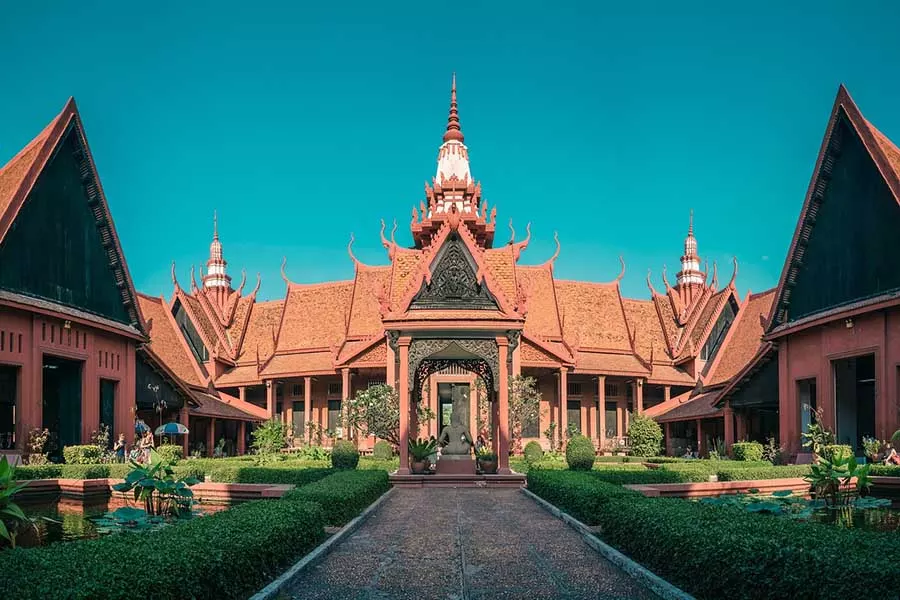
Find your hotel below
Search in this site

Catégories
- Cheap Travel (16)
- Newspaper (34)
- Trips (26)
News
Popular
- Thailand
- Vietnam
- Autour du globe
- Terms-conditions
- Contacts
- Privacy-policy
- About US
About us
Are you ready to trade the everyday for extraordinary experiences? This travel blog is your one-stop shop for crafting the perfect summer escape.
Contact us : info@coyotrip.com



